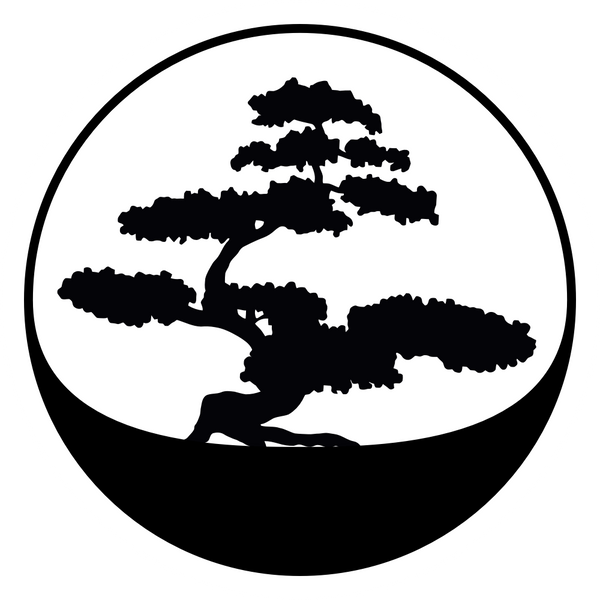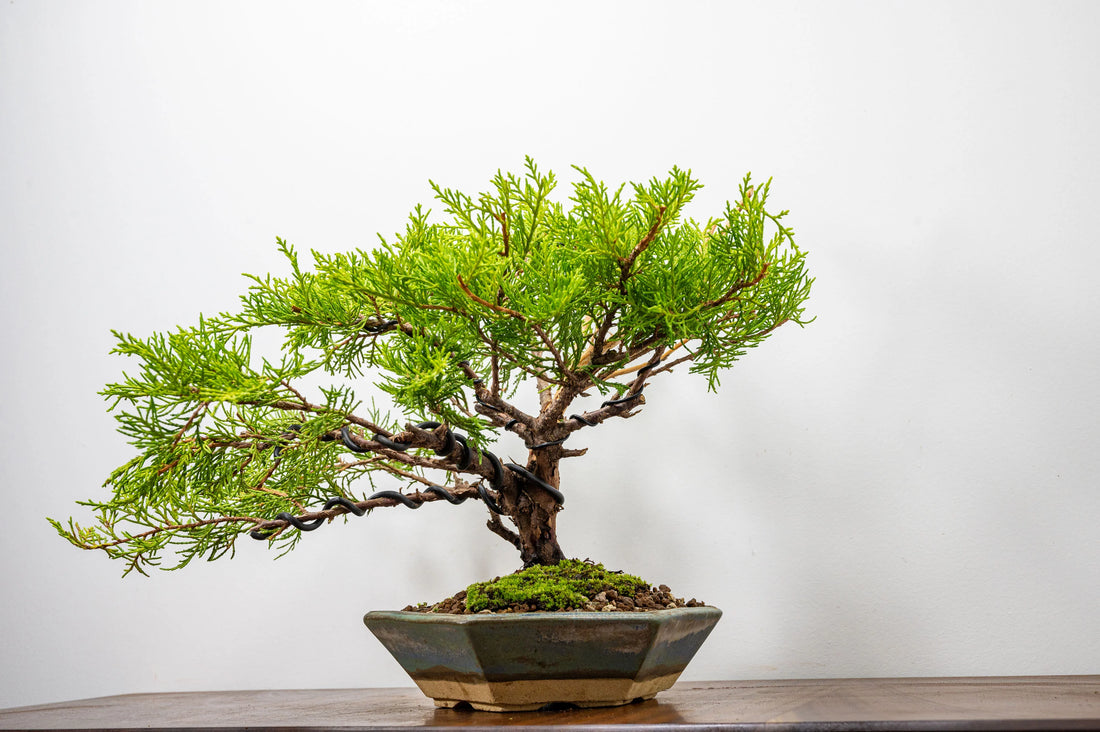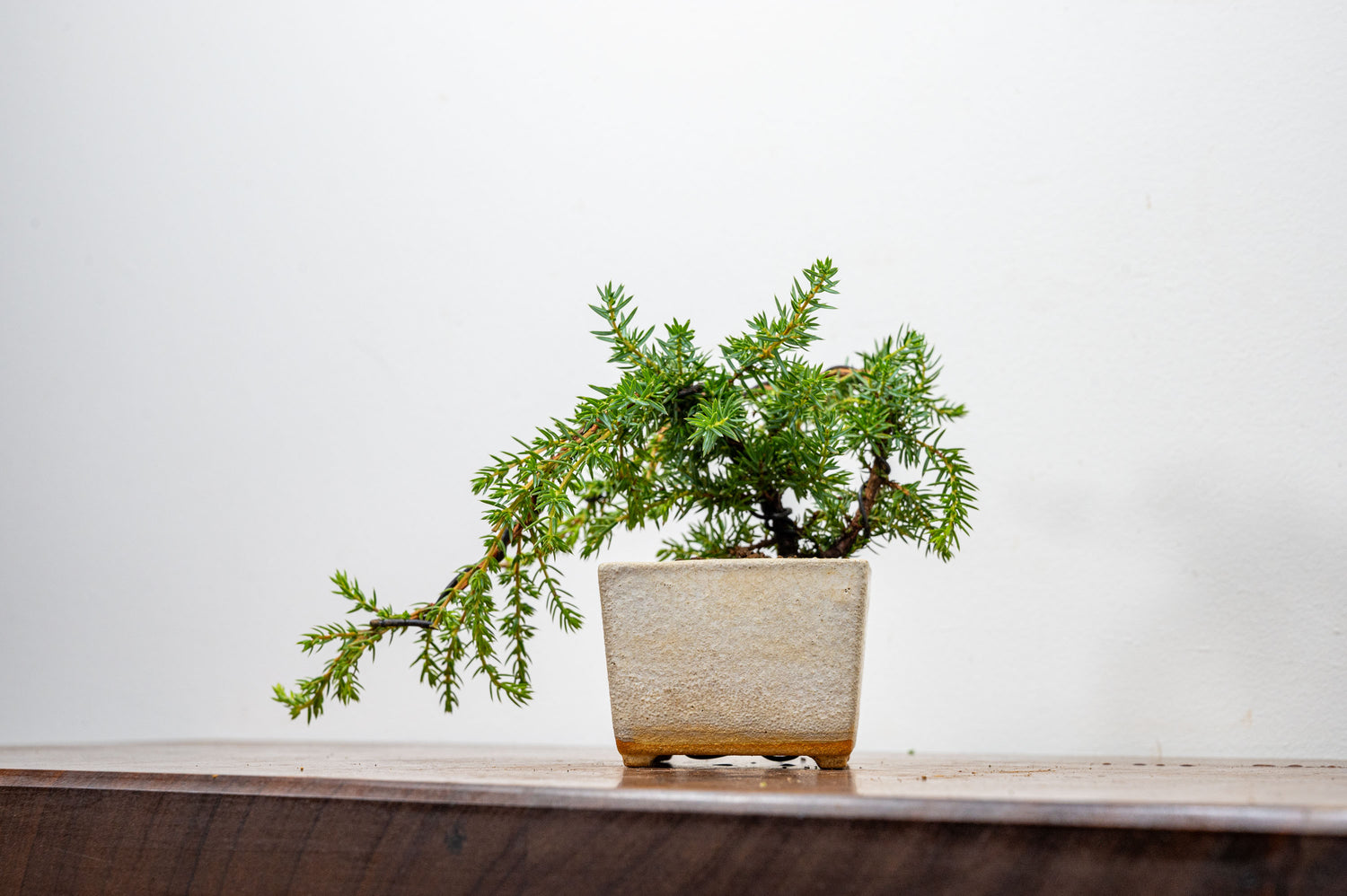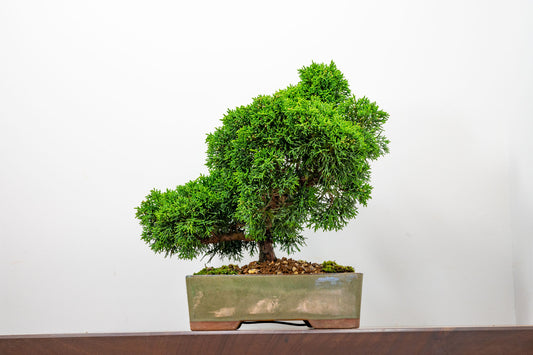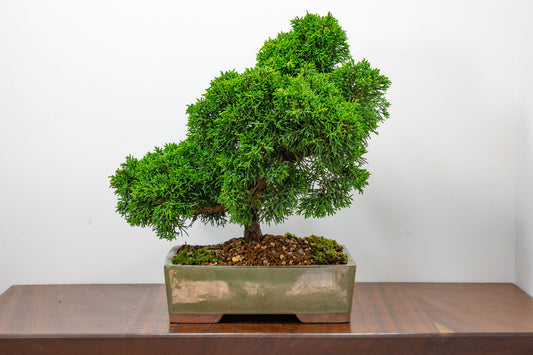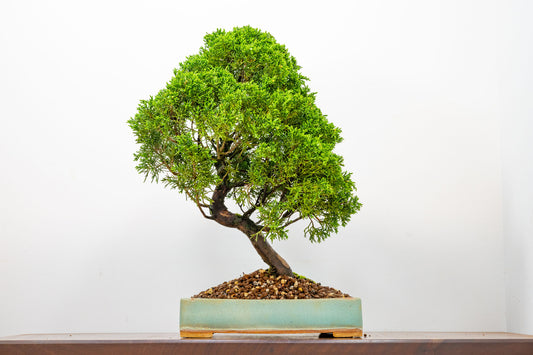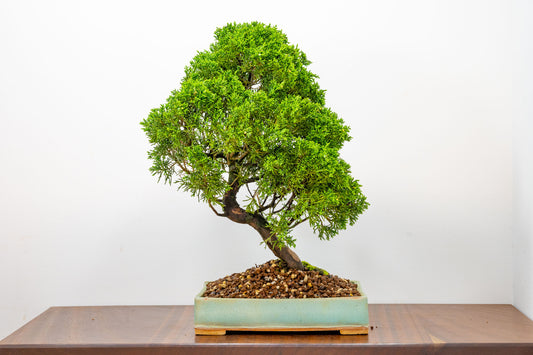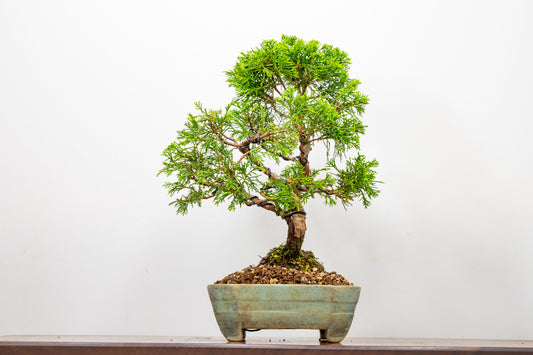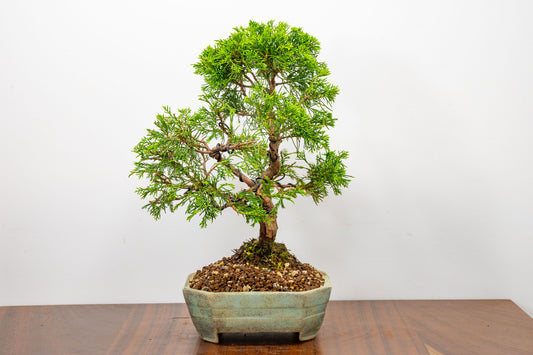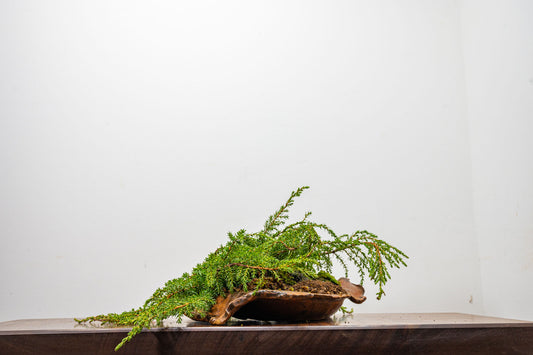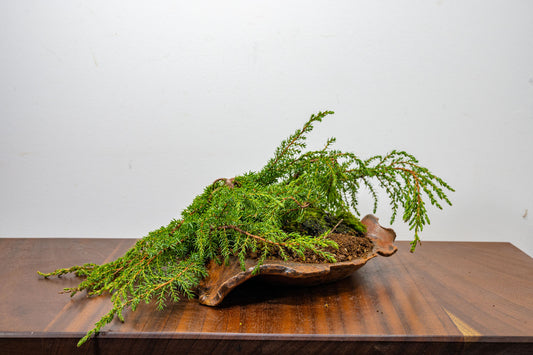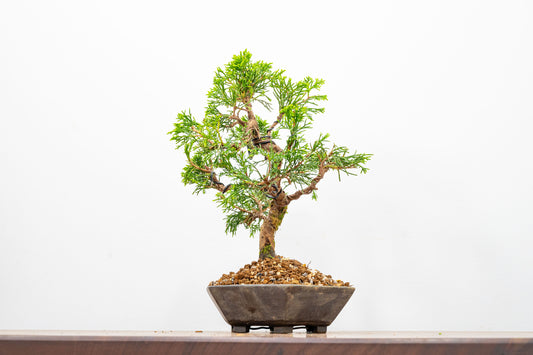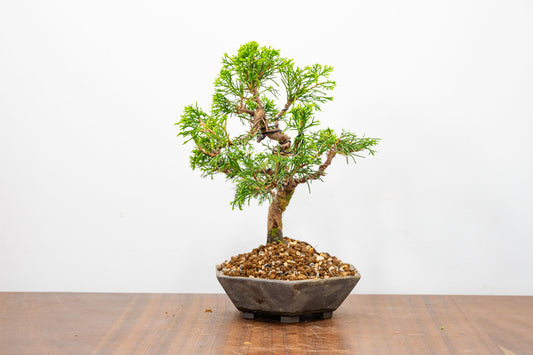Tending to your Juniper bonsai during the late Summer and Autumn months involves key tasks like repotting and wiring, which contribute significantly to its health and aesthetic appeal. Let's delve into the specifics:
REPOTTING:
- The ideal time for repotting is August-September (late Summer/early Autumn). This timing is better than the traditional late Spring repotting, as it utilizes the increased root production after the growing season. Spring repotting can disrupt the year's growth.
- Once your Juniper is settled in good-quality soil, repot infrequently, about every 3-5 years.
- Never bare-root a Juniper or replace more than a third (or at most, half) of the soil in one repotting.
- An inorganic, clay-based soil is crucial for Junipers. They are prone to poor health in old, compacted, organic soils.
- Since Junipers can't be bare-rooted or have a large portion of soil replaced at once, use a soil with a good particle structure.
- Avoid pure Akadama, which breaks down quickly and can hinder drainage.
WIRING:
- Juniper wood is very flexible. Even branches several centimeters thick remain pliable and easy to shape.
- You can wire Junipers any time of year, even during their semi-dormant Winter period.
- Avoid making sharp bends in trunks and branches when temperatures are 0ºC or below.
- A well-defined Juniper bonsai will need to be 100% wired at least once in its lifetime.
- The time it takes for newly-wired branches to set depends on their thickness and vigor. It can range from 3 months to a year.
- More vigorous growth leads to quicker thickening and setting. Thicker branches take longer to set.
- Watch for wire cutting into the bark during Summer, as the wood thickens significantly then. Shallow wire marks are not a big concern and will fade over time.
